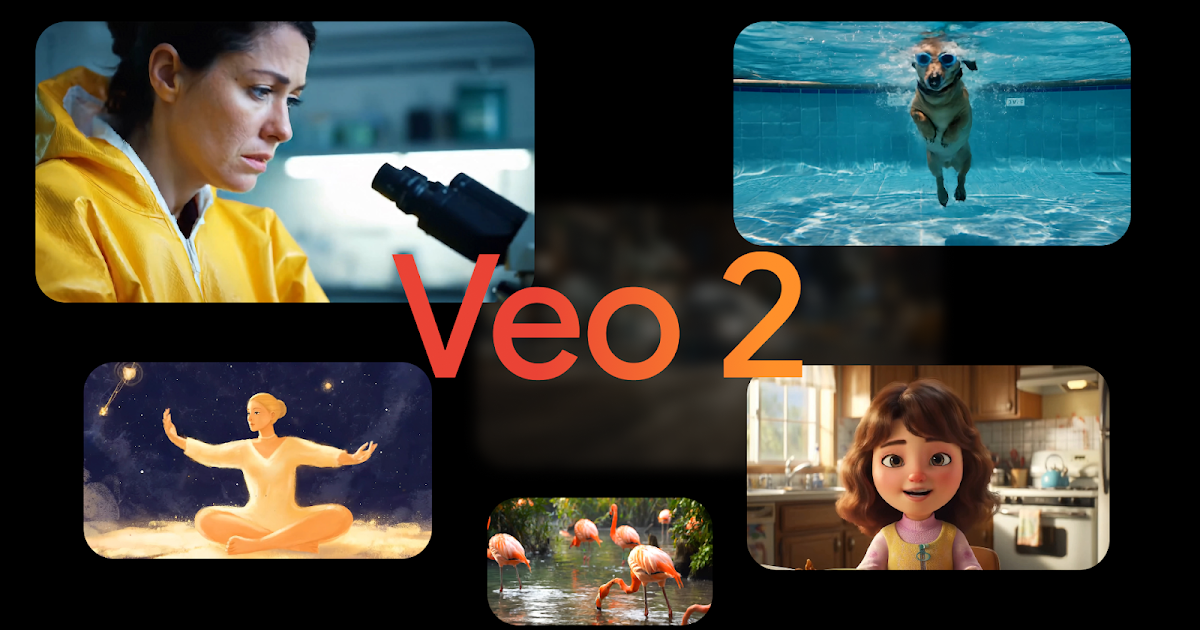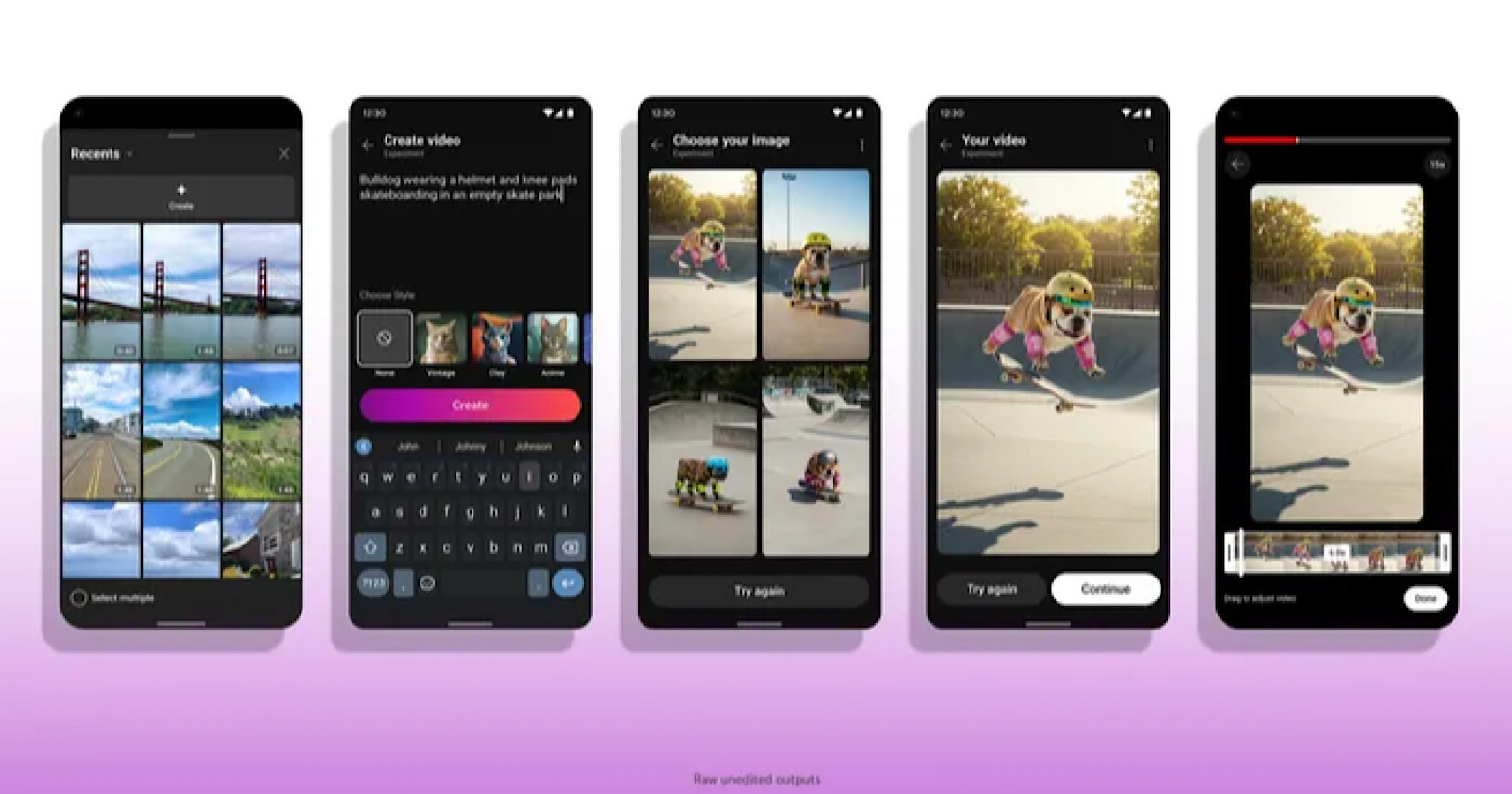
Google Veo 2: Complete Buyer's Guide
Cinematic-quality AI video generation with physics-based realism
Google Veo 2 represents Google's premium entry into the AI video generation market, positioning itself as a cinematic-quality solution for organizations requiring high-fidelity visual content with physics-based realism.
Market Position & Maturity
Market Standing
Google Veo 2 occupies a premium positioning within the AI video generation market, differentiating itself through cinematic quality and physics realism rather than volume-based content production.
Company Maturity
The platform leverages Google's substantial technological infrastructure and AI research capabilities, positioning it as an enterprise-grade solution backed by one of the world's leading technology companies[127][131][132].
Growth Trajectory
Customer implementations like Japan Airlines and Brandtech Group provide market validation for enterprise-scale applications[134][130].
Industry Recognition
Industry recognition emerges through customer implementations and partner integrations, demonstrating ecosystem acceptance and commercial viability.
Strategic Partnerships
Strategic partnerships with enterprise customers and technology integrators indicate market maturity and commercial readiness.
Longevity Assessment
Long-term viability benefits from Google's substantial resources, ongoing AI research investments, and commitment to enterprise AI solutions.
Proof of Capabilities
Customer Evidence
Japan Airlines successfully implemented Veo 2 for destination marketing programs, achieving dramatic efficiency improvements by reducing video production cycles from traditional weeks-long processes to under 15 hours per project[134][130].
Quantified Outcomes
Brandtech Group achieved 20-30% reduction in premium creative production costs through their Pencil Pro platform integration, with potential savings reaching 90% at scale across comprehensive campaign portfolios[130].
Case Study Analysis
Customer implementations reveal consistent patterns of success within specific deployment parameters, with organizations possessing technical infrastructure for API integration achieving faster deployment and higher satisfaction rates[131][133].
Market Validation
Market validation emerges through enterprise adoption patterns and partner ecosystem development, demonstrating commercial readiness and market acceptance.
Competitive Wins
Competitive wins appear in premium applications where visual quality justifies higher costs, particularly for luxury brands, automotive showcases, and high-end consumer products requiring sophisticated visual presentation.
Reference Customers
Japan Airlines and Brandtech Group are notable implementations demonstrating the platform's effectiveness for premium applications.
AI Technology
Google Veo 2's technical architecture centers on advanced physics-based rendering capabilities that enable realistic simulation of fluid dynamics, cloth movement, and particle systems, providing visual authenticity that early comparative analysis suggests outperforms competitors in motion realism[125][128].
Architecture
The platform's core AI technology utilizes sophisticated neural networks trained on cinematic content to understand and replicate professional cinematography principles, enabling users to specify camera angles, lens types, and movement patterns through natural language prompts with granular creative control[121][125].
Primary Competitors
Primary competitors include Sora, Synthesia, and other AI video generation platforms.
Competitive Advantages
Competitive advantages center on physics simulation accuracy, enterprise integration capabilities through Vertex AI, and cinematographic control precision.
Market Positioning
Market positioning strategy emphasizes quality over accessibility, targeting organizations prioritizing visual excellence over cost efficiency.
Win/Loss Scenarios
Choose Veo 2 when organizations require cinematic-quality output for premium applications, possess technical resources for Vertex AI integration, and need enterprise-grade security features.
Key Features

Pros & Cons
Use Cases
Integrations
Pricing
Featured In Articles
Comprehensive analysis of AI Video Script Generators for AI Marketing & Advertising for AI Marketing & Advertising professionals. Expert evaluation of features, pricing, and implementation.
How We Researched This Guide
About This Guide: This comprehensive analysis is based on extensive competitive intelligence and real-world implementation data from leading AI vendors. StayModern updates this guide quarterly to reflect market developments and vendor performance changes.
137+ verified sources per analysis including official documentation, customer reviews, analyst reports, and industry publications.
- • Vendor documentation & whitepapers
- • Customer testimonials & case studies
- • Third-party analyst assessments
- • Industry benchmarking reports
Standardized assessment framework across 8 key dimensions for objective comparison.
- • Technology capabilities & architecture
- • Market position & customer evidence
- • Implementation experience & support
- • Pricing value & competitive position
Research is refreshed every 90 days to capture market changes and new vendor capabilities.
- • New product releases & features
- • Market positioning changes
- • Customer feedback integration
- • Competitive landscape shifts
Every claim is source-linked with direct citations to original materials for verification.
- • Clickable citation links
- • Original source attribution
- • Date stamps for currency
- • Quality score validation
Analysis follows systematic research protocols with consistent evaluation frameworks.
- • Standardized assessment criteria
- • Multi-source verification process
- • Consistent evaluation methodology
- • Quality assurance protocols
Buyer-focused analysis with transparent methodology and factual accuracy commitment.
- • Objective comparative analysis
- • Transparent research methodology
- • Factual accuracy commitment
- • Continuous quality improvement
Quality Commitment: If you find any inaccuracies in our analysis on this page, please contact us at research@staymodern.ai. We're committed to maintaining the highest standards of research integrity and will investigate and correct any issues promptly.